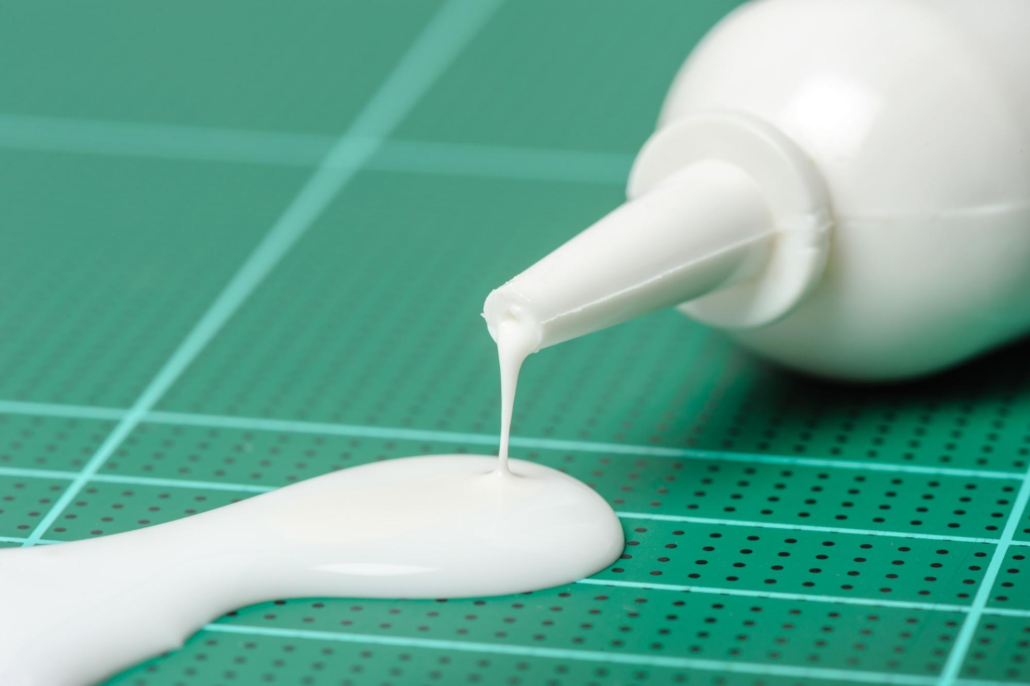Six ways to evaluate and test pressure-sensitive adhesive performance
The pressure-sensitive adhesives are suitable for lamination, home appliances, and outdoor applications. However, it is necessary to test the performance of PSAs to make sure that they function well. Manufacturers offer PSAs in different categories to satisfy the needs of end users. At the same time, they should know how to evaluate and test PSA performance to help make informed decisions. Moreover, testing pressure-sensitive adhesives provides ways to determine if a product is suitable for an application.
What are the methods to follow while testing PSAs?
- Cohesion
Cohesion refers to the internal strength of a PSA, and users should check the same with more attention. Users can check the internal strength by finding adhesive residue on the tape back and applying the surface after removing the tape.
- Elongation
Elongation is another method that helps to test the performance of PSAs. The technique involves stretching a tape before breaking it. This is because some tapes come with a creped or wrinkled backing that allows them to stretch more.
- Tensile strength
Tensile strength means the force required to break an adhesive, and a user should first take a one-inch-wide piece of tape. The next step is to grab the adhesive at both ends and then pull it in opposite directions until it breaks.

- Shear
Shear is the measurement of the internal or cohesive strength of an adhesive. Users should keep in mind that there is no bond between the substrate and the adhesive. The technique gives ways to estimate the ability of an adhesive when it comes to slippage or creep. One can take one inch of adhesive, attach it to a stainless steel plate, and hang a weight on one end of a piece of tape.
- Peel Adhesion
Peel adhesion is another technique used to evaluate the performance of a pressure-sensitive adhesive efficiently. It refers to the strength between an adhesive and the application surface that gives ways to ensure the best results. The technique involves determining the adhesive strength between two materials. Furthermore, it uses 90 or 180 degrees to know the results.
The 90-degree peel method involves using a stainless steel panel and pulling the adhesive perpendicularly to itself. However, the 180-degree peel method aims at pulling the adhesive back onto itself to measure the adhesion levels.
- Tack
Tack allows users to know the ability of an adhesive by contacting it with a substrate to create an immediate bond without applying any external pressure. Testing the thickness of adhesives allows users to get more insights.
Where to buy high-quality pressure-sensitive adhesives?
Those who want to purchase high-quality, pressure-sensitive adhesives should pick a reputed manufacturer. Since PSAs are available with different specifications, customers should make a detailed study about them. By doing this, they can get more ideas that help them pick the best products accordingly. It is wise to know the storage requirements of PSAs properly to enhance their quality and properties. They need a dry and ventilated area to avoid direct sunlight to ensure more protection from fading and other issues.

Leave a Reply
Want to join the discussion?Feel free to contribute!